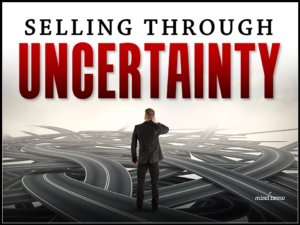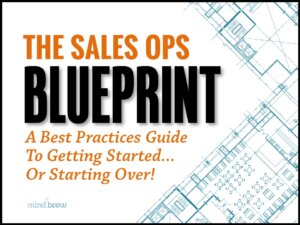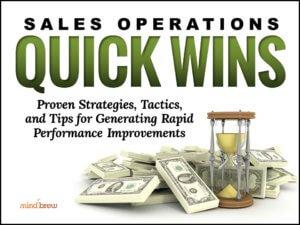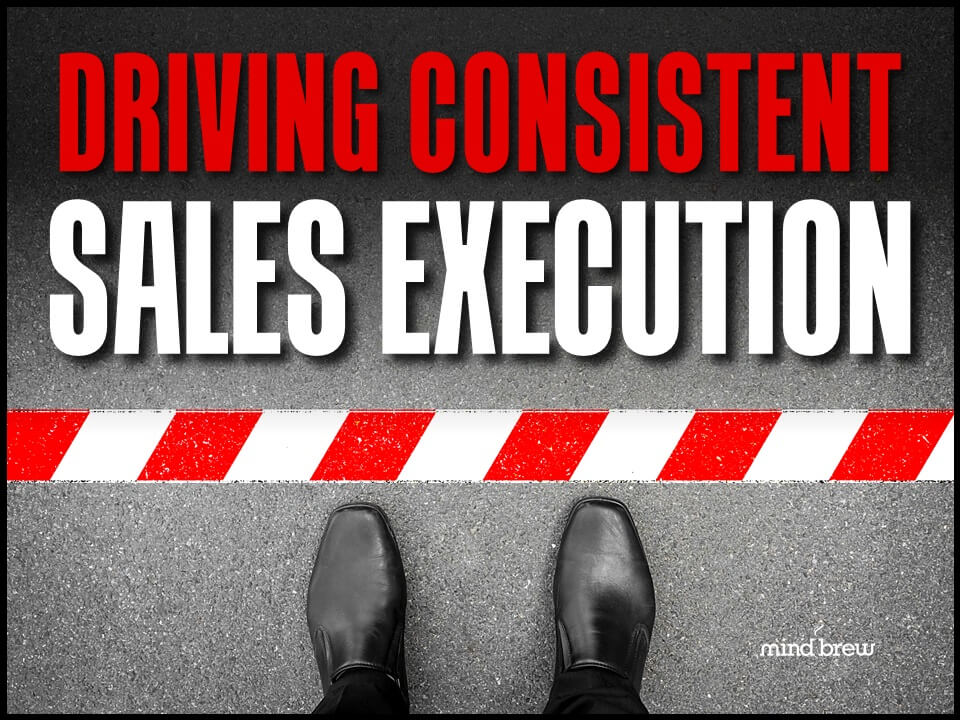You might know that physicist Niels Bohr won the Nobel Prize, developed the Bohr model of the atom, and helped advance quantum theory. You might know that the element bohrium was named after him and that he helped found CERN. You might even know that he gave jobs to people fleeing the Nazis before ultimately being forced to fleet himself and taking part in the Manhattan Project.
But you probably don’t know that this same Niels Bohr also contributed greatly to our understanding of gunfights in the Old West.
(Really, we’re not joking.)
Bohr developed a hypothesis called the “gunslinger effect,” which theorized that the person who draws second in gunfight will likely win.
Later testing (with non-lethal weaponry) proved that Bohr was correct.
You see, when you make an intentional move, like drawing first in a shootout, your deliberate movement can never be as fast as an involuntary reaction. Thus, the person who reacts to the first person’s movement will actually fire first.
Of course, the theory has some limitations, but it does have some correlations to the world of business.
Company leaders often believe that they will gain an advantage by being the first to market. They think that the first-mover advantage will allow them to capture so much market share that it will be nearly impossible for competitors to catch up later.
But history tells a much more nuanced story.
We recently posted a blog about Christopher Sholes, who developed and sold the first QWERTY keyboard. But it’s worth noting that Sholes’ company ultimately failed, despite being first to market with the QWERTY keyboard, because Remington did a much better job of implementing his ideas for the typewriter.
And there are lots of other examples of first movers who failed:
- Friendster came to market before Facebook.
- Palm introduced its Palm Pilot long before the Apple iPhone.
- Webcrawler was around long before Google.
- Betamax was available before VHS.
The lesson here is not that you shouldn’t try to be first — after all there were plenty of companies that were first to market and succeed. But the winners tend to be those companies that are able to react quickly to changing conditions, whether they are first to market or a later entrant.
If you are a gunfighter or an elite athlete, you can improve your reaction time with practice. But how does a B2B company improve its reaction time?
One way is to become aware of changing market conditions before everyone else. For that, you need above average sales intelligence. The webinar The Fundamentals of Sales Intelligence explains how to design and implement effective intelligence-gathering processes.
Another way to improve your company’s reactions is to develop effective strategies for managing risk. Selling Through Uncertainty shows you how to develop contingency plans that make it easier to pivot when unlikely events occur.
Finally, companies can also improve their reaction time by providing decision makers with timely data and formatting it in a way that makes it easy to understand. Delivering Data to Decision-Makers offers invaluable tips for making complex data more intuitive.
Being first is good. Being good at reacting to change is even better. And if you start improving your company reaction times now, you’ll be ready for the next gunfight — or market change.














